 Oil Production in El Dorado
Oil Production in El Dorado
Entry Type: Place - Starting with O
 Oil Production in El Dorado
Oil Production in El Dorado
 Oil Storage
Oil Storage
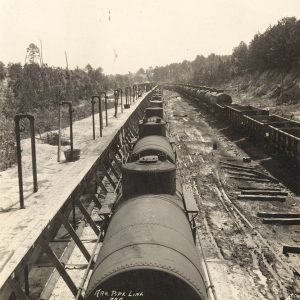 Oil Train
Oil Train
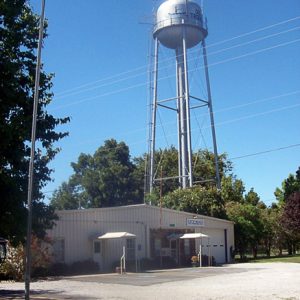 Oil Trough
Oil Trough
Oil Trough (Independence County)
 Oil Trough City Hall
Oil Trough City Hall
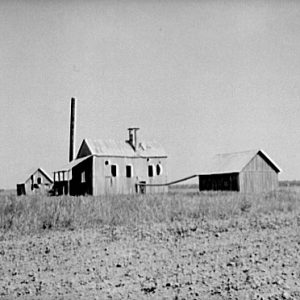 Oil Trough Cotton Gin
Oil Trough Cotton Gin
 Oil Trough Sign
Oil Trough Sign
 Oil Trough Cotton Gin
Oil Trough Cotton Gin
 Oil Trough Store
Oil Trough Store
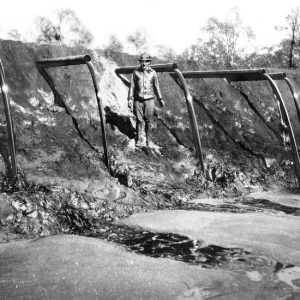 Oil Well Flow
Oil Well Flow
Okay (Howard County)
 Okay Church
Okay Church
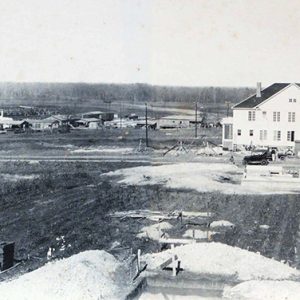 Okay Construction
Okay Construction
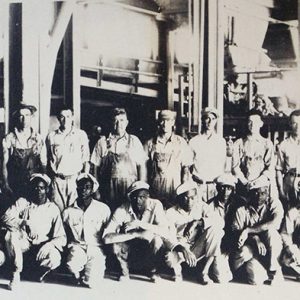 Okay Cement Plant Workers
Okay Cement Plant Workers
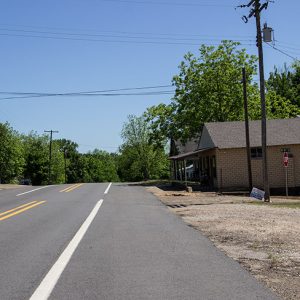 Okolona
Okolona
Okolona (Clark County)
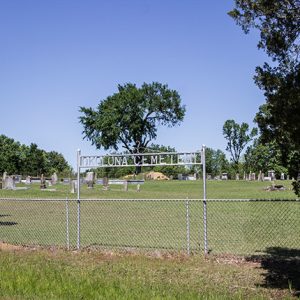 Okolona Cemetery
Okolona Cemetery
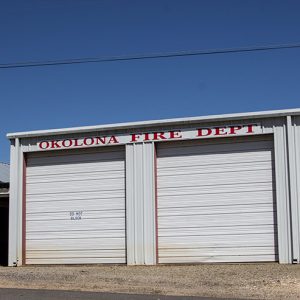 Okolona Fire Dept.
Okolona Fire Dept.
Ola (Yell County)
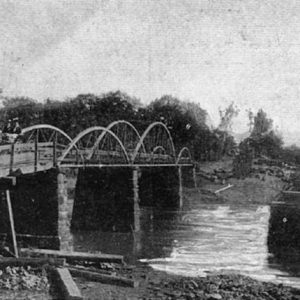 Ola Bridge
Ola Bridge
 Ola Aerial View
Ola Aerial View
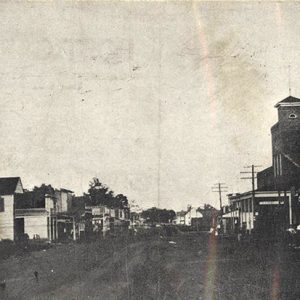 Ola Street Scene
Ola Street Scene
 Old Arkansas 51
Old Arkansas 51
Old Austin (Lonoke County)
Old Benton-Sardis Road Bridge
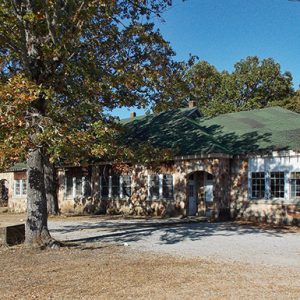 Old Cord School
Old Cord School
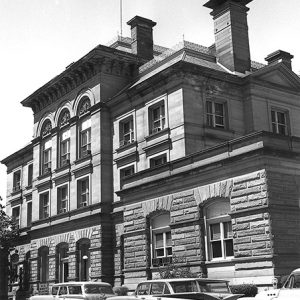 Old Federal Building
Old Federal Building
Old Hickory (Conway County)
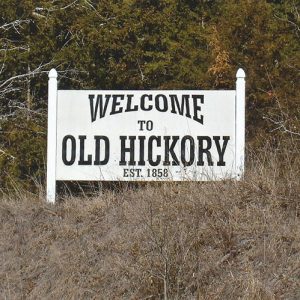 Old Hickory Sign
Old Hickory Sign
Old Independence Regional Museum
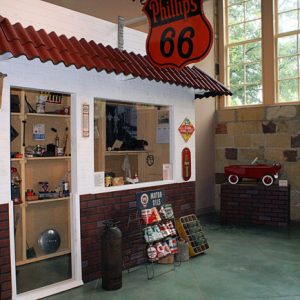 Old Independence Regional Museum Exhibit
Old Independence Regional Museum Exhibit
 Old Independence Regional Museum
Old Independence Regional Museum
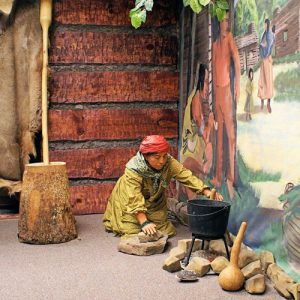 Old Independence Regional Museum Exhibit
Old Independence Regional Museum Exhibit
Old Jackson (Randolph County)
 Old Jackson Cemetery
Old Jackson Cemetery
 Old Jackson Road
Old Jackson Road
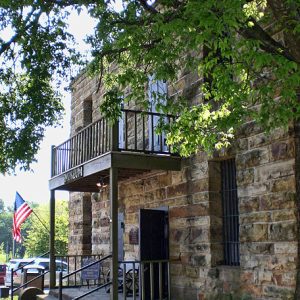 Old Jail Museum
Old Jail Museum
Old Jail Museum Complex
Old Kia Kima
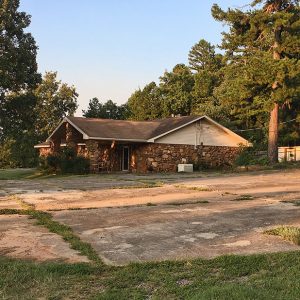 Old Kingdom Hall at The Pines
Old Kingdom Hall at The Pines
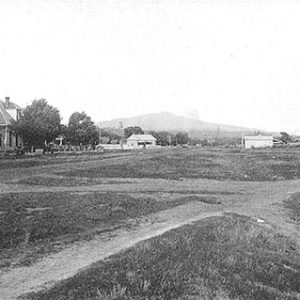 Old Magazine, with View of Mount Magazine
Old Magazine, with View of Mount Magazine
 Old Main
Old Main
 Old Main, ca. 1960s
Old Main, ca. 1960s
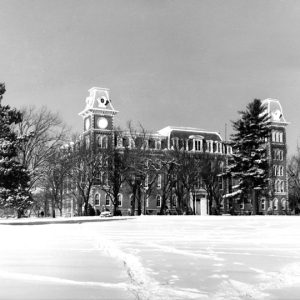 Old Main Building, UA
Old Main Building, UA
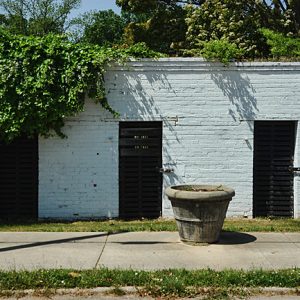 Old McGehee City Jail
Old McGehee City Jail
Old Mill
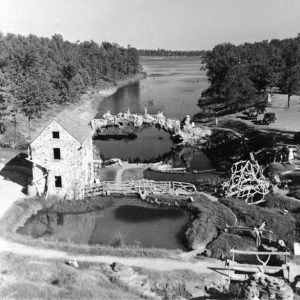 Old Mill
Old Mill
 Old Mill Visitors
Old Mill Visitors
 Old Mill
Old Mill




